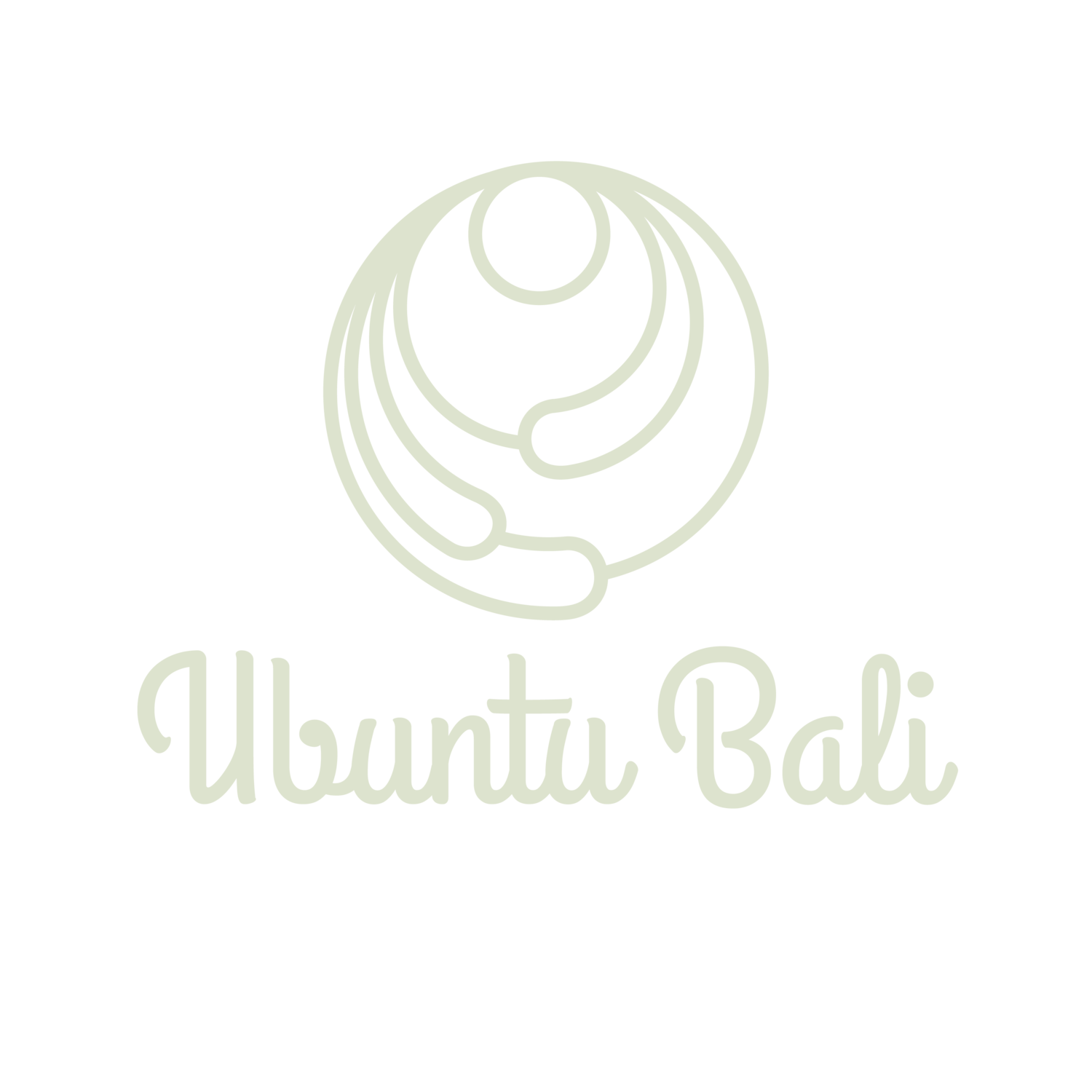Is Yin Yoga Good for Beginners?
The practie of yoga has been around for thousands of years, but it's only recently that we've started to understand the many benefits it can offer. This is especially true with yin yoga, which is gaining popularity among health-conscious individuals.
But how do you know if this form of exercise is right for you? And what are the health benefits of doing yin yoga? In this guide, we'll answer these questions so that you can feel confident about signing up for your first class!
What are the Benefits of Yin Yoga?
Yin yoga can help you improve your flexibility, relieve stress and lower back pain, boost your circulation and feel energised.
The slow, deep stretching that's integral to yin yoga is what makes it so beneficial for your body. Because it involves holding poses for several minutes at a time—sometimes up to 15 minutes—it lengthens connective tissue (ligaments) and tendons in the body that are often overlooked in more active types of exercise like ashtanga or vinyasa flow.
Slowing down gives you time to focus on feeling where your muscles are tightest and loosening them up with specific poses; this can be particularly helpful if you have an injury or chronic pain because it helps keep them from getting worse over time by reducing inflammation around injured areas.
Difference Between Yin Yoga and ‘Yang’ Yoga
The difference between yin yoga and yang yoga is that the latter focuses on strength and flexibility, while the former delves into what it calls a “meditative” practise. The goal of each type of yoga is to help you find inner peace through physical activity and meditation, but their styles are very different.
Yang forms of yoga include ashtanga and power yoga, which focus on building strength through poses like back bends or handstands. Because these practises involve more vigorous movements at a faster pace than yin yoga does (and thus require more energy), they're generally better suited for people who already have experience with some other kind of exercise—and/or who don't want to spend an hour lying down during their workout!
Yin Yoga and Restorative Yoga are not the Same Thing
The most important thing to know about yin yoga is that it isn’t restorative yoga. Restorative yoga focuses on relaxation and stretching. Yin yoga, by definition, involves holding poses for three minutes or more in order to stretch muscles and connective tissue.
Some people with injuries or other physical limitations may find that the long holds are not suitable for them—but if you can do them safely, they can be very beneficial.
Everyone can Benefit from Practising Yin Yoga
The truth is, yin yoga is a great way to start your practice. In fact, it's one of the best ways to ease into an asana-based yoga practise if you're new to it or haven't been in awhile.
Yin poses are typically held for three to five minutes and are passive in nature—meaning no muscular effort is required on your part. You simply hold yourself in position and allow gravity and passive stretching to lengthen your muscle fibers until they release tension held deep within your tissues.
Because yin poses require less effort than other types of postures (such as in vinyasa flow), they're ideal for beginners who might feel intimidated by more intense practices or fear injury from overstretching their bodies before they're ready for that type of challenge.
You don't have to be flexible either! Yin yoga poses can be modified based on what feels good for any given student at any given moment during their practise; there's no need for perfect form here! It also doesn't matter what shape or size you are when practising yin—you'll still benefit from its many benefits regardless if you're just starting out or well-seasoned yogi who's looking for something different than what he/she normally does each day.
Yin yoga is great for all levels, but it's especially good for beginners. It's a great way to learn about your body and how to move in new ways. Yoga can also help you discover how to relax and find peace when you're feeling stressed out. If you're looking for a way to try out this ancient practise, yin yoga might be just what you need!

